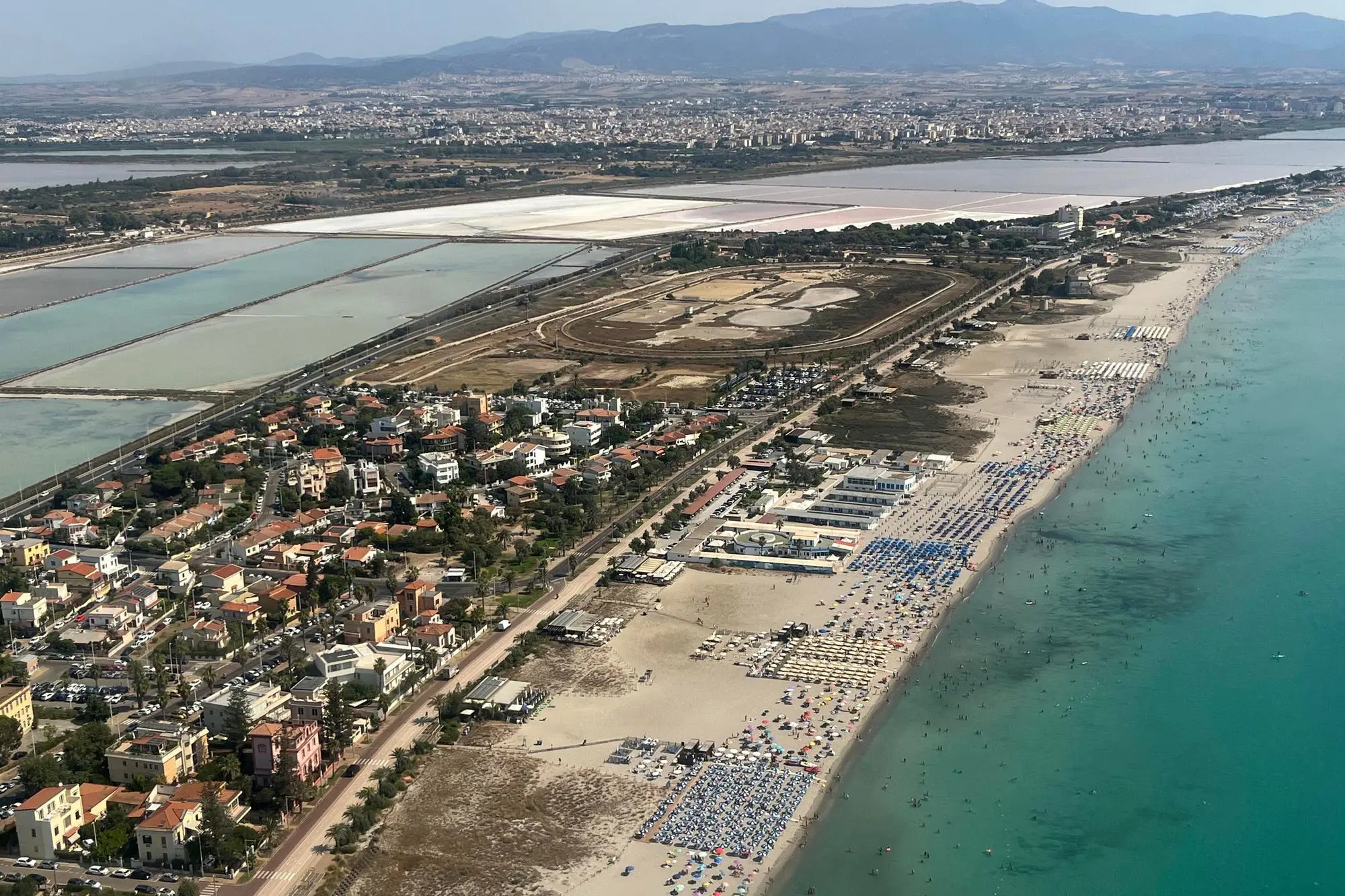"The coasts of Cagliari and Oristano risk being submerged by 2100": researchers warn.
According to a study by the Italian Geographical Society, the country could lose 40% of its beaches over the course of the century.Per restare aggiornato entra nel nostro canale Whatsapp
Cagliari and Oristano could find themselves, by the end of the century, with entire areas submerged below sea level. This is the worrying picture emerging from the Italian Geographical Society's report "Submerged Landscapes," presented today, which calls for a rethinking of coastal cities and the development of new adaptation strategies. The most critical scenarios in Sardinia would concern the coasts of Cagliari and Oristano, areas that in the coming decades could undergo profound changes compared to how we know them today.
But Sardinia is not an isolated case, and the timing could be even faster: according to the study, Italy risks losing 20% of its beaches by 2050 and up to 40% by 2100. Between rising sea levels, erosion, urban development, and demographic pressure, over 800,000 people in the country are at risk of relocation . Of concern, in addition to the Sardinian coast, are also the Northern Adriatic, the Gargano area, and several stretches of the Tyrrhenian coast between Tuscany and Campania. The report also highlights how half of Italy's port infrastructure, more than 10% of agricultural land, and a large portion of marshes and lagoons are exposed to the risk of submersion, particularly the Po Delta and the Venice Lagoon.
The scenario outlined by the report requires addressing crucial issues such as coastal defense, which is increasingly reliant on artificial barriers that currently protect over a quarter of low-lying coastlines . Added to this is the pressure of tourism , with coastal municipalities accounting for 57% of Italy's hotel beds: an often uncontrolled development that is exacerbating the environmental crisis. The salinization of agricultural land is also a concern: in the summer of 2023, the salt wedge rose up the Po Delta for over 20 kilometers, threatening crops and the availability of drinking water. Furthermore, protected areas , crucial for biodiversity and protecting 10% of Italy's waters and coastlines, rarely have an adequate management plan .
Overall, ports and related infrastructure extend across 2,250 kilometers in Italy and are at risk of being severely compromised, with serious impacts on the quality of logistics systems. In any case, catastrophism is not the key to understanding the study . The Italian Geographical Society urges caution: " It is necessary to offer policymakers a realistic and balanced framework from which to implement concrete mitigation measures ."
(Unioneonline/vf)
